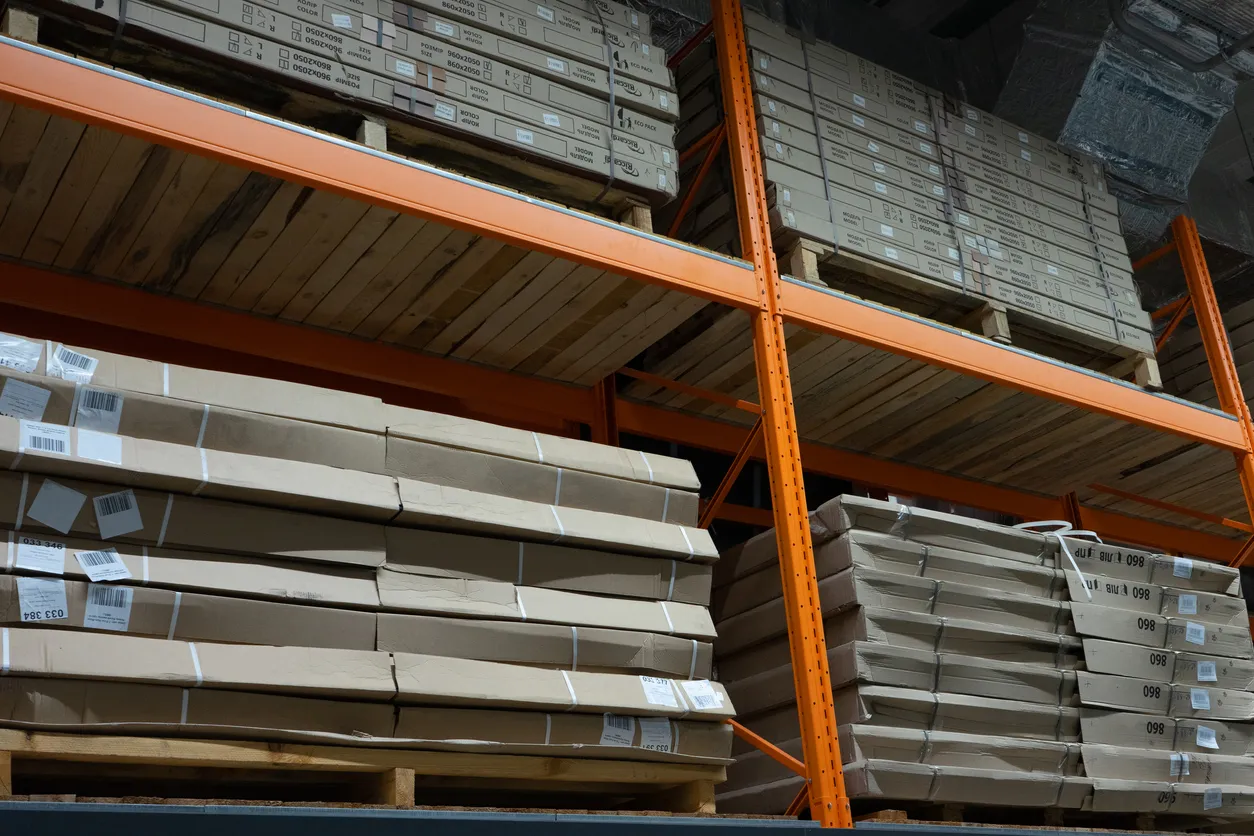When you use a product, you expect it to not only perform as promised but to also be safe and reliable. When a product turns out to be dangerous or poses a threat to its user, this is usually due to a product defect. There are three main types of product defects:
- Design defects
- Manufacturing defects
- Labeling errors
At times, a combination of two or more of these types of product defects can lead to serious injuries and even death. Determining how and why a product caused an injury can be a complex battle to fight; in some cases, there are multiple parties in the chain of production that could have played a role in causing the product defect.
If you believe you or a loved one were injured due to a product defect, we urge you to contact an experienced product liability lawyer right away.

What is a design defect?
Sometimes, a product defect is not a mistake, but rather by design. A design defect makes the product inherently dangerous even when used as directed. Inadequate or uncontrolled testing, negligence during the initial design phase, and a lack of oversight can all lead to a design defect.
Even if a product uses high-quality materials, Inherent flaws in the design can lead to serious injuries, property damage, or death. Examples of design defects include:
- Top-heavy SUVs that are prone to rollovers when turning a corner
- Electric heaters that catch fire when the heat is set to a high level
- A crib with bars that are far enough apart for a child to stick their head through them
- Heavy machinery that fails to provide enough protection for the user’s hands while using the product
Companies have a duty to design products that are safe and reliable to use. A crucial component of this is having a design that’s been analyzed for possible risks and tested rigorously.
What is a manufacturing defect?
Another type of product defect stems from mistakes made during the manufacturing process. Products with manufacturing defects might have been made with a safe design but are dangerous because of the way they were produced.
Using poor-quality materials, missing crucial pieces, or not creating the product according to the original design can all lead to manufacturing defects. Examples of manufacturing defects include:
- Vehicles with faulty brake pads
- Medication that has been contaminated or exposed to toxic substances
- Electronics that are erroneously wired and catch fire
- Installing electric circuitry incorrectly, leading to electrocution
Manufacturing defects happen all too often and can lead to serious injuries. An experienced product liability lawyer can help you hold the manufacturer accountable for the defect in a product that led to your injury.
What is a labeling error?
Many products must include instructions or warning labels. These labels inform users of how to use the product correctly and warn them of the possible risks and dangers of using the product. Labels should be clear, easy to read, and fully explain the intended use of the product. Warning labels should clearly outline the possible risks associated with the product.
When a consumer unknowingly uses a product incorrectly or exposes themself to a risk that wasn’t outlined in the warning label, they often sustain an injury that would have been otherwise preventable.
Examples of labeling errors include:
- Toys that fail to warn users that there are components that pose a choking hazard to children
- Medication that fails to list the possible side effects
- Big Tobacco’s failure to warn consumers that their products contained cancer-causing agents
Consumers have the right to know what risks and hazards are associated with the products that they’re using. Companies and manufacturers commit labeling errors through either a failure to warn or a failure to adequately warn the user of the dangers of their product. When this happens, they should be held accountable for the injuries that occurred as a result of using their product.
What do I need to prove in court to have a successful product defect lawsuit?
You might wonder why you need a product to injure you to bring forward a lawsuit. In fact, this is not the only requirement to receive a settlement reward from a judge or jury. Here are the four elements that you must show in court to have a successful product defect claim.
1. The defendant had a duty of care toward you
When it comes to proving duty of care between manufacturers and consumers, this part is simple. Manufacturers must protect those who use their products. They do this by verifying that their products work as the company intends. Likewise, they perform quality control checks and remove defective products before releasing them to the market.
The defendant breached that duty
You can prove this in court by showing the manufacturing, design, or failure to warn of defects that you experienced.
You suffered real injury or loss as a result of their breach
Remember the fact that you cannot bring forward a product liability case without an injury? Without that, you are missing significant proof of liability. To satisfy this element, you must be able to prove that specific manufacturing defects, product defects, or a failure to warn, caused an injury.
You incurred financial or other losses as a direct result of the injury
Bringing a case against a manufacturer would not make much sense if you did not suffer any losses. If you stub your toe on an item, you are not going to bring forward a lawsuit against the manufacturer.
However, if you suffer an injury that requires hospitalization, medical treatment, or more, you will want to litigate and recover damages.
Contact a Florida product liability lawyer today
If you were harmed or injured by a defective product, you may have grounds to file a product liability lawsuit. Contact the experienced Florida product liability lawyers at Lytal, Reiter, Smith, Ivey & Fronrath. Our legal team can help you fight for justice by holding the liable parties accountable for their negligence or wrongdoing.
Product defects cause serious injuries and can lead to a long recovery timeline for victims. Call us today at (561) 655-1990 or send us a message to schedule your risk-free case evaluation. We look forward to assisting you.



